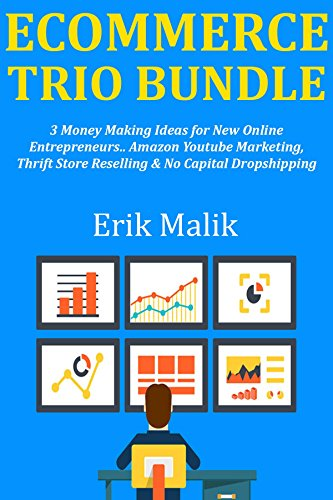
Developers can decide which prices they want to charge for apps, from a pre-set list of pricing tiers, from free to several hundred dollars. Some Apps cost money (called "Paid Apps") and some are free (called "Free Apps").

In addition, the iTunes Store offers apps, which are applications used for various purposes (games, productivity, news, etc.) that are compatible with the iPod Touch, iPhone, and iPad, although some apps are specifically for the iPhone or iPad only. Users can sample songs by listening to previews, ninety seconds in length, or thirty seconds for short tracks. Previously, this model, known as "iTunes Plus", had been available only for music from EMI and some independent labels. At the January 2009 Macworld Expo, Apple announced that all iTunes music would be made available without DRM, and encoded at the higher-quality rate of 256 kbit/s. Originally, songs were only available with DRM and were encoded at 128 kbit/ s. Music in the store is in the Advanced Audio Coding (AAC) format, which is the MPEG-4-specified successor to MP3. Features and restrictions Pricing model History įollowing the introduction of the iTunes Store, individual songs were all sold for the same price, though Apple introduced multiple prices in 2007. Any music in users' iTunes library would transfer to the Music app, which would still offer access to the iTunes Store.
Youtunes store tv#
Apple's storefront for movies and television shows moved inside the TV app. In October 2019, with the release of macOS Catalina, iTunes was split into separate Music, TV, and Podcasts apps. Beginning in the spring of 2019, the iTunes app became available on Samsung Smart TVs.
Youtunes store windows 10#
In April 2018, the iTunes app was added to the Microsoft Windows 10 app store.
Youtunes store download#
It was reported that iTunes-style digital download sales had dropped 24% as streaming sales continued to increase. In 2016, it was reported that music streaming services had overtaken digital downloads in sales.

By May 28, 2014, the store had sold 35 billion songs worldwide. The iTunes Store's revenues in the first quarter of 2011 totaled nearly US$1.4 billion. In April 2008, the iTunes Store was the largest music vendor in the United States, and in February 2010, it was the largest music vendor in the world. It was initially available on Mac computers and the iPod, and was later expanded to Microsoft Windows in October 2003. The iTunes Music Store (later iTunes Store) was introduced by Jobs at a special Apple music event in April 2003. In 2002, Jobs made an agreement with the five major record labels to offer their content through iTunes. Steve Jobs saw the opportunity to open a digital marketplace for music due to the rising popularity of easily downloadable tracks.

Youtunes store windows 8#
The iTunes Store, as seen in iTunes 12.2, running on Windows 8 from Augto September 3, 2015ĭigital distribution, Online music store, Video on demand


 0 kommentar(er)
0 kommentar(er)
